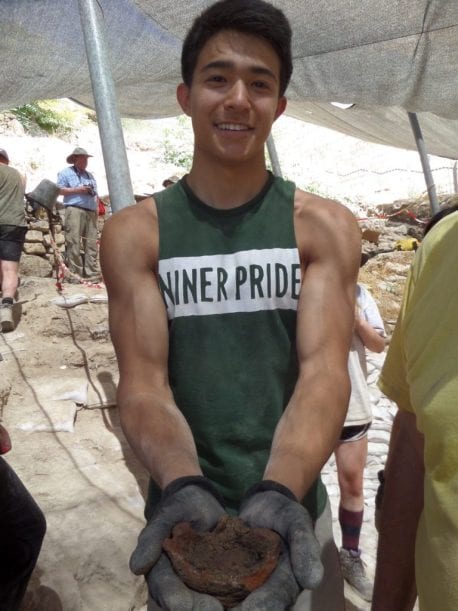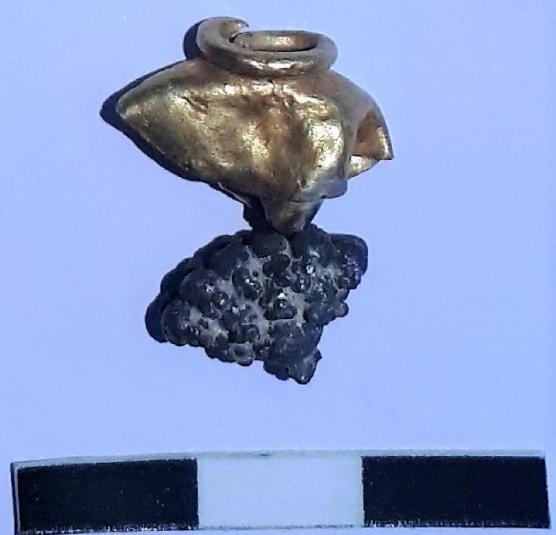Some people are really into conspiracy theories – or more prone to believing that the government is hiding certain truths from us, maybe – and still others have just watched too many episodes of The X-Files to trust that we’re being told every last detail.
But if these 10, slightly terrifying declassified documents are any indication, people are definitely right to ask questions, because the truth is often buried behind miles of red tape.
10. Okay so this needs to be a movie, if it isn’t.
In East Germany a committed freedom fighter and her husband had dealt with having her home raided while she was away, being arrested on the way to protests and all sorts of state sponsored harassment. After the wall fell she was able to read the documents the Stasi had kept on her and found out her own husband was an undercover agent and had written many reports on her activities with a bloodless banality.
9. Everything about the Challenger explosion is horrible.
When the space shuttle Challenger was destroyed, it was reported that all 7 astronauts were killed instantly. It was revealed decades later that some, if not all of the astronauts survived the initial explosion, as the cockpit cabin had enough protection to not be breached. For 2 minutes and 45 seconds, they were awake and aware, as they plummeted toward the Atlantic Ocean.
Understandably, NASA knew that the news of their terrifying death would have crippled the space program even more than it already was.
8. Evil people sometimes have security clearance.
Canadian here… The Somalia Affair Not sure if it was ever classified but definitely a horrific scandal. A now disbanded division of the Canadian military torturing a kid to death in the 90s, and taking hero pics with him while doing it… I think it’s important to remember when your country does something shitty – it’s not always the “bad guys” who can be fucking evil.
7. This seems awfully small and petty when, you know, actual life should scare people enough.
The plan after 9/11 to make figurines that look like Osama Bin Laden and give them to kids in South Asia. After it’s left in the sun for a certain amount of time, it’s face would peel off to reveal a “demon-like visage with red skin, green eyes, and black markings,” basically a demon. The objective was to scare kids and their parents so Bin Laden and Al Qaeda would lose support.
6. This idea was actually floated, so what’s not possible?
Operation Northwoods; A plan for a false flag operation that came from the Joint Chiefs of Staff and Department of Defense in 1962 and given to JFK who turned it down. The plan called for the CIA to commit terrorist actions against US Civilians across the United States and frame Cuba, allowing us the right to invade and depose Castro and the communist government there. It was declassified and can be found online at the JFK Library. Terrifying that no one knows or seems to care that this was suggested by our government to the President.
5. We have to prepare for all contingencies.
The Nixon Administration had a speech prepared for if the moon landing had failed, and it’s chilling.
4. The Manhattan Project was terrifying from the ground up.
My hometown was littered woth radioactive waste by the federal government as part of the Manhattan project. https://www.nytimes.com/1981/02/01/nyregion/big-atom-waste-site-reported-found-near-buffalo.html
then we wonder why cancer and thyroid conditions thereare the norm.
3. It really seems likely that we’re going to wipe ourselves out on accident.
There are over 50 mishaps with nuclear weapons by the US Airforce in the 1950s alone.
2. So as you can see, we’ve never been a society that puts children first.
They tested Iodine on “retarded children” as well. In that time, oftentimes orphans and children who were behind in school ended up at these institutions.
The US government also inserted radioactive material into a man after a motorcycle crash and didn’t tell him.
1. Drug testing on clueless citizens. That’s not scary.
Operation Midnight Climax
The government hired sex workers to dose “johns” with LSD for research purposes so to speak
https://en.wikipedia.org/wiki/Operation_Midnight_Climax
Some of these going to haunt my thoughts for weeks, and you know…the truth is out there, y’all.
Are you into conspiracy theories? Do these documents tickle your sixth sense? Let us know!
The post 10 of the Most Bizarre Declassified Government Documents appeared first on UberFacts.









 #fidoop #area51 #xip #gopblo
#fidoop #area51 #xip #gopblo
